The Magnus Effect - When A Small Amount Of Spin Is Added To A Dropped Object, The Object Moves Forward
The Magnus Effect - When a small amount of spin is added to a dropped object, the object moves forward
More Posts from Saients and Others






Vera Rubin, the woman who discovered the first evidence of dark matter, has died at 88
Vera Rubin, the astrophysicist responsible for confirming the first existence of dark matter, died on Sunday night at the age of 88.
Carnegie Institution president Matthew Scott called Rubin “a national treasure as an accomplished astronomer and a wonderful role model for young scientist.”
Rubin and her colleagues observed galaxies in the 1970s, they learned the motion of stars is a result of a “material that does not emit light and extends beyond the optical galaxy” — also known as dark matter.
Swiss astrophysicist Fritz Zwicky proposed the idea of dark matter in 1933, but Rubin’s groundbreaking work subsequently led to the confirmation of the material.
This finding is what led to the discovery that 90% of the universe is made up of dark matter, a finding some colleagues felt was overlooked and deserving of a Nobel Prize. Read more
follow @the-future-now
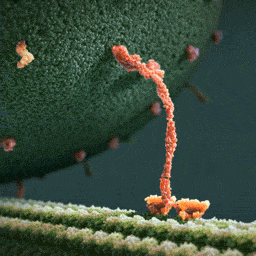
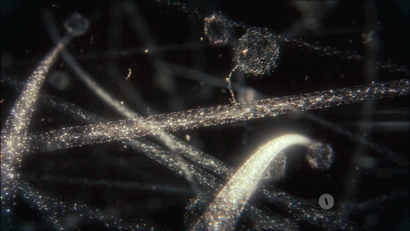
Your body is an incredibly bizarre machine.
“What you see is a myosin protein dragging an endorphin along a filament to the inner part of the brain’s parietal cortex which creates happiness. Happiness. You’re looking at happiness.”

The origin of the universe was not by a singularity, since in a singularity, the laws of nature are not valid or do not exist,
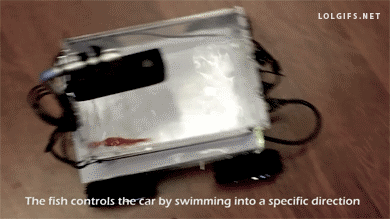

Fish on Wheels
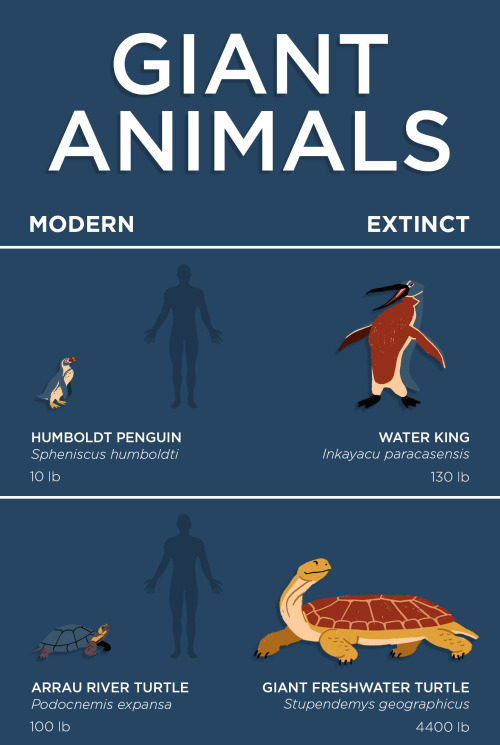
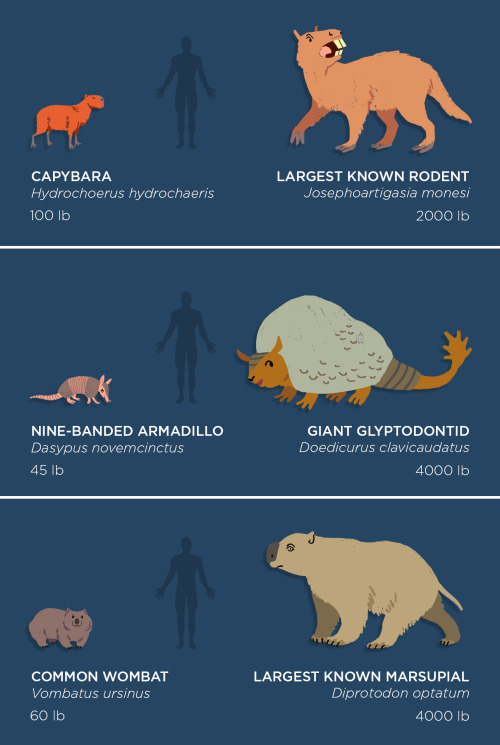
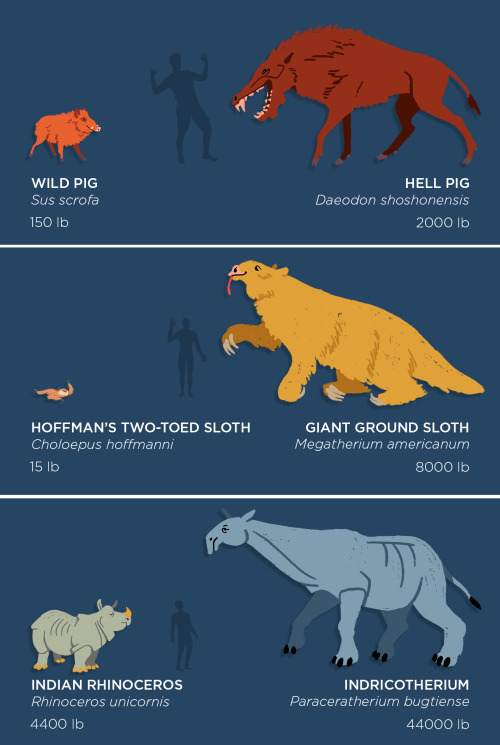
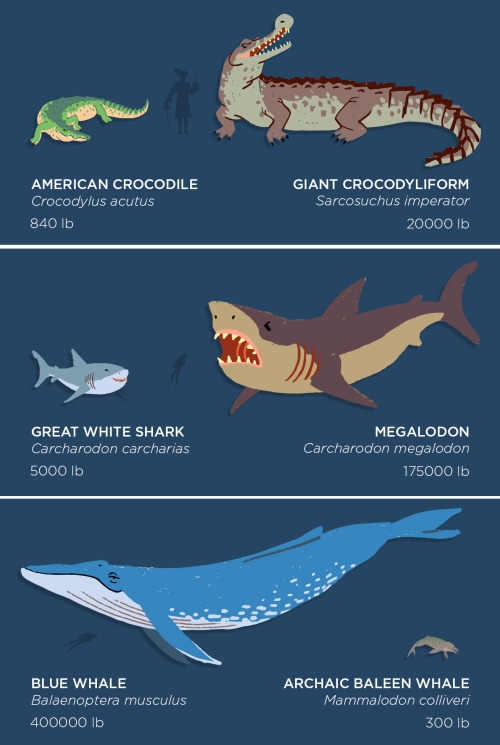
Planets i learned about via youtube while procrastinating my english essay
Planet 55 Cancri e is basically a giant diamond. like the planet is a diamond. and it would be worth $26.9 nonillion
Planet Gliese 436 b is an ice planet that is constantly on fire do to its close proximity to its parent star. the ice doesn’t melt bc the planet’s gravity is so strong it physically prevents the ice from melting
Planet HD 189733b rains sideways glass…. constantly
Planet J1407-B has planetary rings that are 200x the size of saturn. if saturn’s ring were as big as J1407-B’s we’d be able to see them with our naked eye from earth AND they would dominate our sky and look larger than a full moon
Planet Wasp-12b rotates so close to its parent star that its slowly being consumed by the it
Planet Gliese 581c is one of the candidates for a planet that can support life however it orbits a tiny dwarf star and is tidally locked so one side is constantly subject to immense sunlight while the other is constantly in darkness. there’s a small area of the planet however, that is just the right temp to support life. u just can’t step out of said area. the skies are red and the plants would have be a black color instead of a green bc they would use infrared light for photosynthesis. (a message was actually sent to the planet in 2008 in hopes that there’s life on the planet but the message wont reach the planet until 2029).
Planet GJ 1214b is a water planet nicknamed “water world” is has no land at all and the water is so deep it goes down miles all the way to the planet’s core.
Planet Wasp-17b is the largest planet discovered thus far. its so large its existence contradicts our understanding of how planets are formed. and it has a retrograde orbit, so it orbits in the opposite direction of its parent star.
Planet HD 188753 has 3 suns you should have triple shadows and there would be almost daily eclipses. and no matter which direction u face on the planet u would always see a sunset
Planet HD106906b is the loneliest planet discovered thus far. its known as “super jupiter” bc its 11x bigger than jupiter. it orbits its parent star at a distance of 60 billion miles (which is v strange) hence why its the loneliest planet.
Planet Tres 2b is the darkest planet known. it reflects less than 1% of light (it reflects less light than coal and black acrylic paint). the tiny part of the planet that does reflect light is red making the planet glow a dim red.
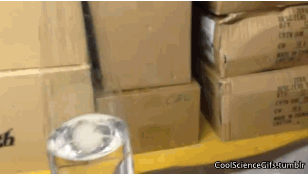

Polymer absorbs water and expands. It keeps almost the same refractive properties as water and appears invisible.
The polymer is Sodium Polyacrylate (thank you, thecraftychemist!)
source
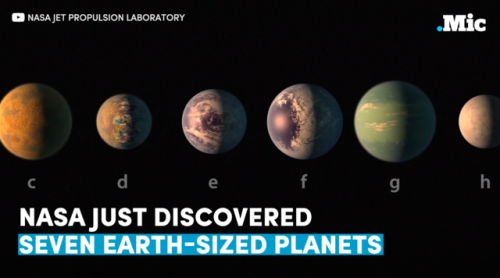
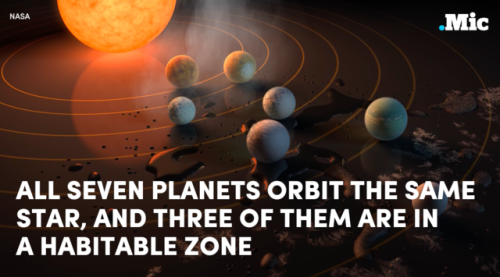
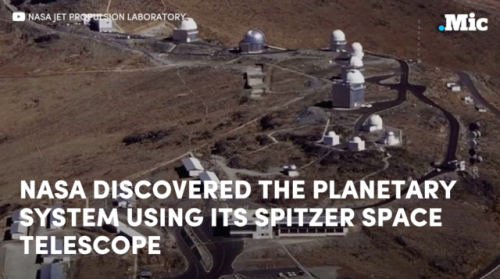
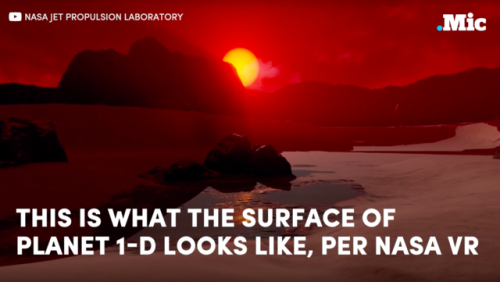
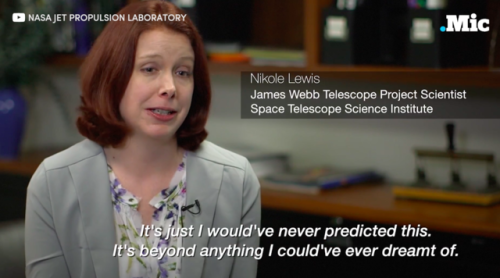
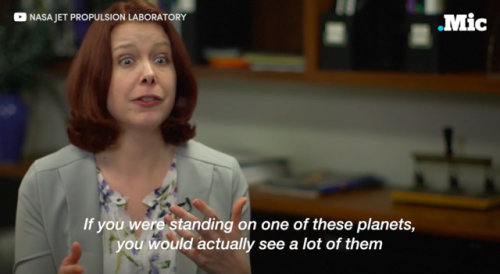
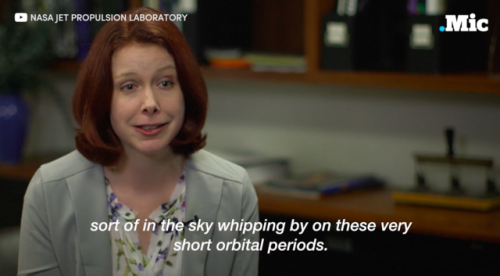
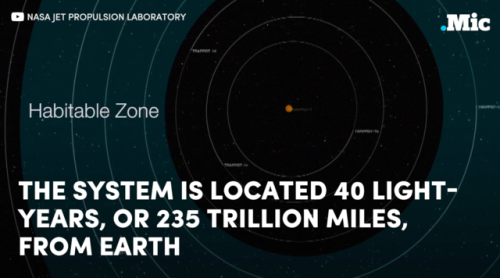
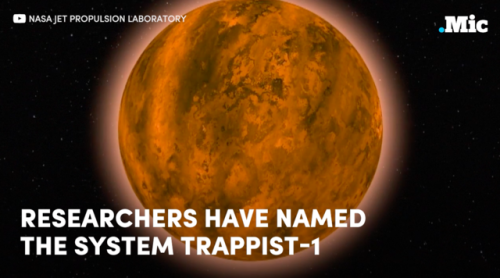
According to NASA, a neighboring star has 7 Earth-like planets in its orbit
Seven Earth-like planets have been found orbiting a sun not too far — in space terms, at least — from our own.
NASA announced Wednesday that the planets resemble Earth in composition and spacing from their star, which means their conditions might be favorable to liquid water and life, Time reported.
“The planets form a very compact system,” Michaël Gillon of Belgium’s University of Liège, said in a teleconference, according to Time. “They are very close to their star and are reminiscent of the system of moons that orbit Jupiter. They could have liquid water and life.”
Astronomers studied the star, Trappist-1 — which, at 39 light years away from Earth, is considered a relative neighbor — for six years, using telescopes located all over the world, plus the Spitzer Space Telescope. Read more (2/22/17 2:04 PM)
follow @the-future-now
-
 sleepydreameroncloud9 reblogged this · 6 days ago
sleepydreameroncloud9 reblogged this · 6 days ago -
 grincheux-heterotrophic reblogged this · 1 week ago
grincheux-heterotrophic reblogged this · 1 week ago -
 buttered-toastmalone reblogged this · 3 weeks ago
buttered-toastmalone reblogged this · 3 weeks ago -
 buttered-toastmalone liked this · 3 weeks ago
buttered-toastmalone liked this · 3 weeks ago -
 ha-ha-noo liked this · 3 weeks ago
ha-ha-noo liked this · 3 weeks ago -
 chilequilesandhabenero liked this · 3 weeks ago
chilequilesandhabenero liked this · 3 weeks ago -
 tiredwlw reblogged this · 3 weeks ago
tiredwlw reblogged this · 3 weeks ago -
 this-bores-me reblogged this · 3 weeks ago
this-bores-me reblogged this · 3 weeks ago -
 yourtickettoparadise reblogged this · 3 weeks ago
yourtickettoparadise reblogged this · 3 weeks ago -
 mrnoonesgirl reblogged this · 3 weeks ago
mrnoonesgirl reblogged this · 3 weeks ago -
 tomorrowillmissyou reblogged this · 3 weeks ago
tomorrowillmissyou reblogged this · 3 weeks ago -
 tomorrowillmissyou liked this · 3 weeks ago
tomorrowillmissyou liked this · 3 weeks ago -
 gayafmermaid reblogged this · 3 weeks ago
gayafmermaid reblogged this · 3 weeks ago -
 everythingismeee liked this · 3 weeks ago
everythingismeee liked this · 3 weeks ago -
 approach reblogged this · 3 weeks ago
approach reblogged this · 3 weeks ago -
 left4dead-cr0wch1ld liked this · 1 month ago
left4dead-cr0wch1ld liked this · 1 month ago -
 kalemkitabinkalbi liked this · 1 month ago
kalemkitabinkalbi liked this · 1 month ago -
 monamourdelart liked this · 1 month ago
monamourdelart liked this · 1 month ago -
 ukht021 liked this · 1 month ago
ukht021 liked this · 1 month ago -
 fanafillah liked this · 1 month ago
fanafillah liked this · 1 month ago -
 wightandblue reblogged this · 1 month ago
wightandblue reblogged this · 1 month ago -
 sometimesthruthestatic reblogged this · 1 month ago
sometimesthruthestatic reblogged this · 1 month ago -
 sometimesthruthestatic liked this · 1 month ago
sometimesthruthestatic liked this · 1 month ago -
 damneddunya liked this · 1 month ago
damneddunya liked this · 1 month ago -
 seerdahn liked this · 1 month ago
seerdahn liked this · 1 month ago -
 muhtesemz reblogged this · 1 month ago
muhtesemz reblogged this · 1 month ago -
 disastrousoilthing liked this · 1 month ago
disastrousoilthing liked this · 1 month ago -
 dragononymous liked this · 2 months ago
dragononymous liked this · 2 months ago -
 solitudetoherloneliness liked this · 2 months ago
solitudetoherloneliness liked this · 2 months ago -
 coppersnowquail reblogged this · 2 months ago
coppersnowquail reblogged this · 2 months ago -
 small-cog reblogged this · 2 months ago
small-cog reblogged this · 2 months ago -
 aimless-passerby liked this · 2 months ago
aimless-passerby liked this · 2 months ago -
 livingmess-doingherbest liked this · 2 months ago
livingmess-doingherbest liked this · 2 months ago -
 ohmyeightpastlives reblogged this · 2 months ago
ohmyeightpastlives reblogged this · 2 months ago -
 virgoil reblogged this · 2 months ago
virgoil reblogged this · 2 months ago -
 volatileviolentviolet reblogged this · 2 months ago
volatileviolentviolet reblogged this · 2 months ago -
 snezhnayain-carrot-top liked this · 2 months ago
snezhnayain-carrot-top liked this · 2 months ago -
 fireflytheta reblogged this · 2 months ago
fireflytheta reblogged this · 2 months ago -
 fireflytheta liked this · 2 months ago
fireflytheta liked this · 2 months ago -
 pyreneese liked this · 2 months ago
pyreneese liked this · 2 months ago -
 blarghlahla reblogged this · 2 months ago
blarghlahla reblogged this · 2 months ago -
 ohmyeightpastlives liked this · 2 months ago
ohmyeightpastlives liked this · 2 months ago -
 reaperlight reblogged this · 2 months ago
reaperlight reblogged this · 2 months ago -
 the-pheonix-rises reblogged this · 2 months ago
the-pheonix-rises reblogged this · 2 months ago -
 the-pheonix-rises liked this · 2 months ago
the-pheonix-rises liked this · 2 months ago -
 dearseaglass liked this · 3 months ago
dearseaglass liked this · 3 months ago -
 pormpf-spimperton liked this · 3 months ago
pormpf-spimperton liked this · 3 months ago -
 violetmuses liked this · 3 months ago
violetmuses liked this · 3 months ago
Stardate: 2258.42...or, uh, 4... Whatever. Life is weird, at least we've got science.
75 posts